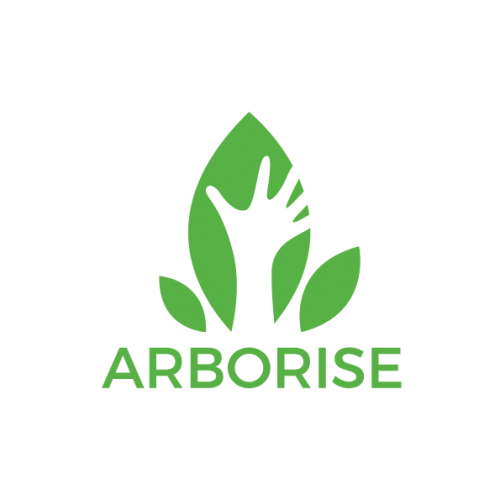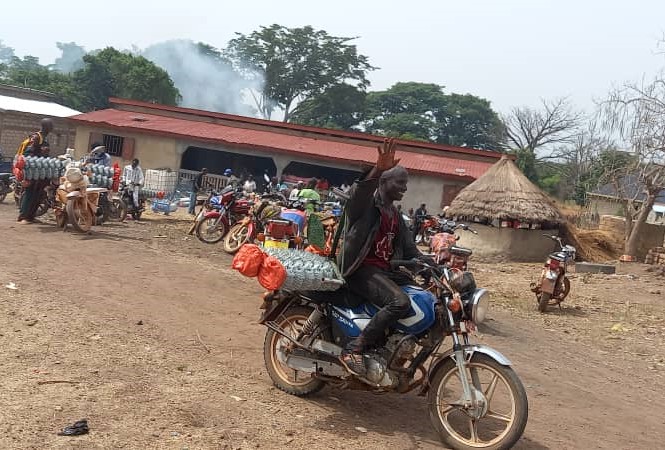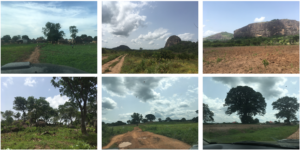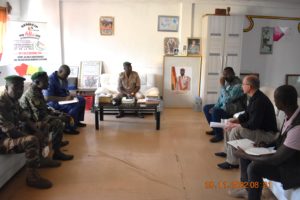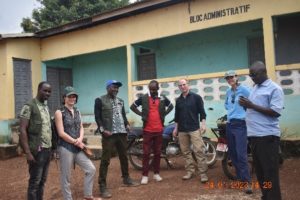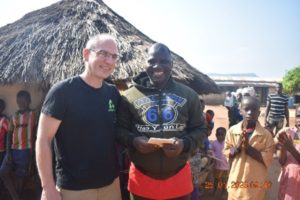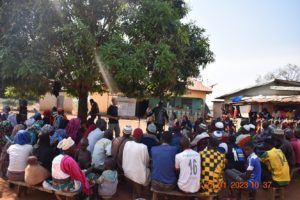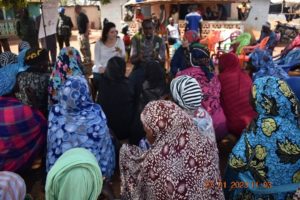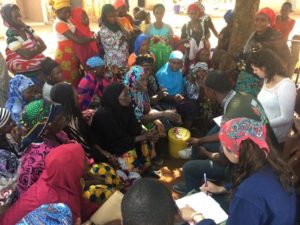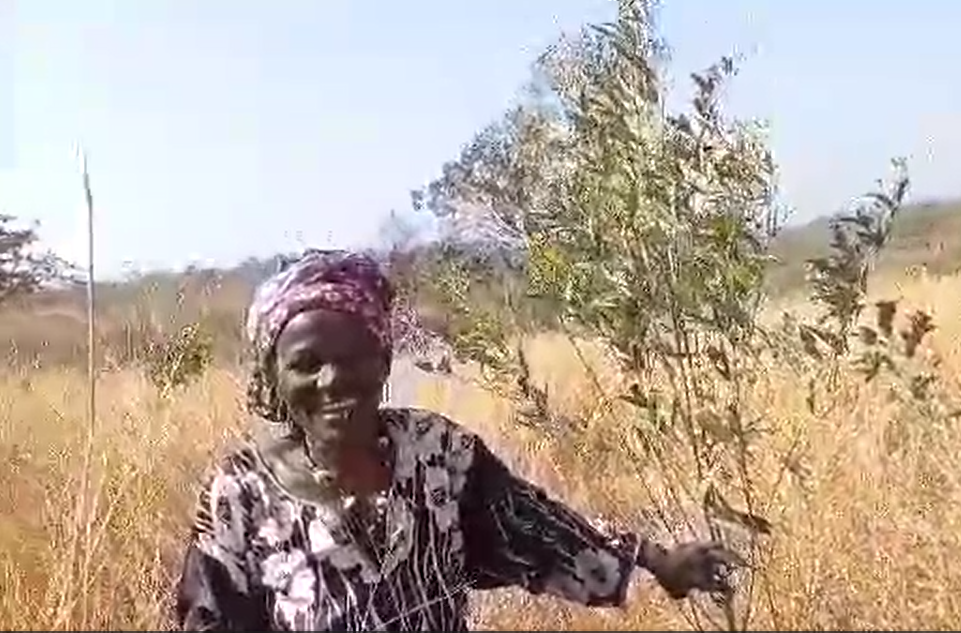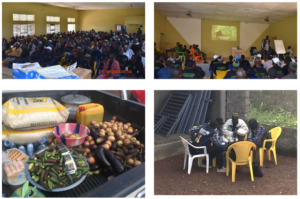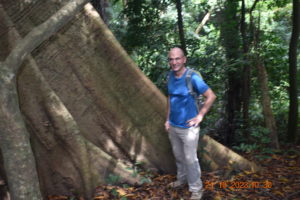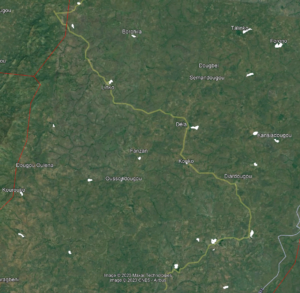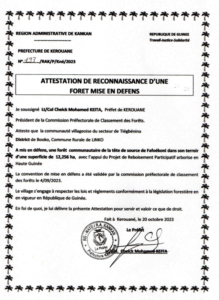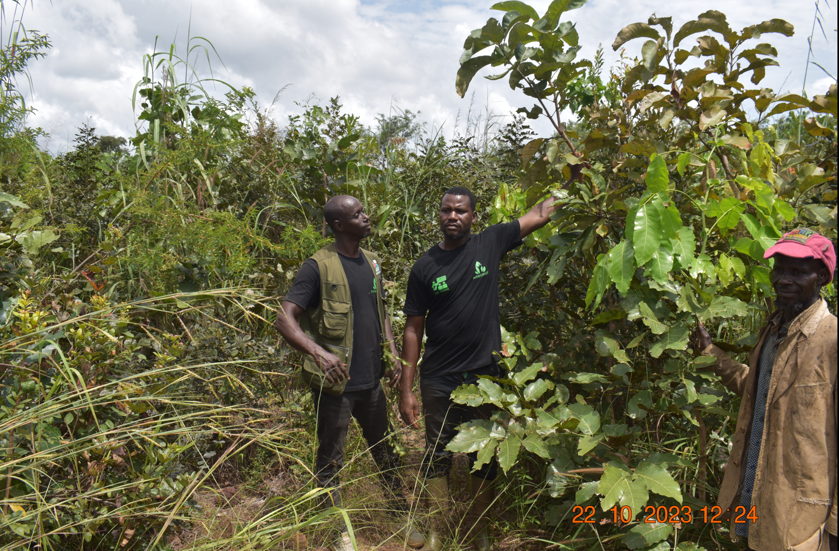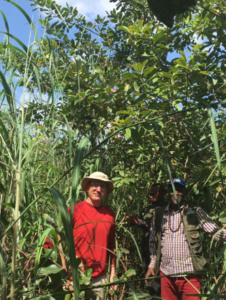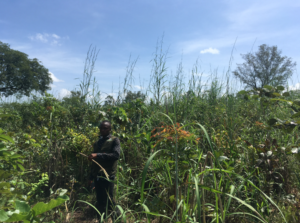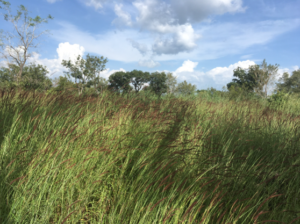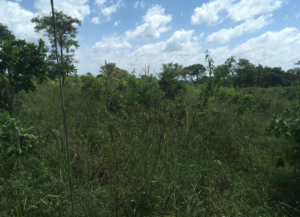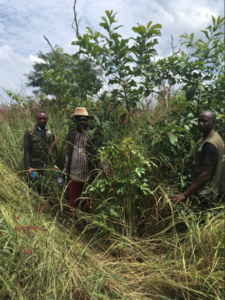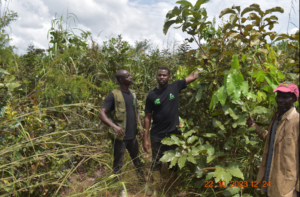The Guinean families involved in the project are extremely poor. They lack clothes and tools, even for their usual farming activities. In the first year of the project, the participants had asked for a distinctive sign that they belonged to the project, which we provided, although we were sceptical about its real usefulness. In the second year, we provided tarpaulins for the seed families and boots for the field families:
- The large ARBORISE-GUIDRE tarpaulins are placed under the seed tree to collect the seeds, for the duration of the harvest phase.
- The tarpaulin makes the seeds clearly visible and facilitates harvesting.
- Above all, it protects against animals that might hide in the grass or branches under the trees.
- It also protects against abrasions caused by thorny grasses.
- ARBORISE-GUIDRE boots protect the lower legs of land families as they move around and work on sowing, clearing and establishing protective strips.
In 2023, following the local stakeholder consultation, we opted for a more detailed approach: each family was given the opportunity, by means of a questionnaire, to choose the individual equipments that would be most useful to them. As you can see below, the choices were mainly for tarpaulins, mackintoshes and boots:
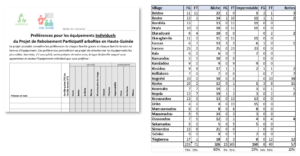

To foster collaboration and solidarity, we also proposed collective equipments in each village. The seed families, mostly women, opted for fences and the field families, mostly men, chose ploughs:
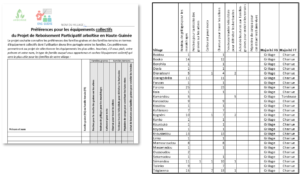

But why did the women choose fences? In most villages, the women work together to set up market-gardening areas where they grow vegetables (onions, aubergines, etc.), each on a small plot, rather like allotments. These market garden areas need to be protected from livestock and wild animals, usually by wooden fences. In tropical regions, this dead wood decomposes very quickly because of the humidity in the rainy season and because of insects. The women therefore have to continually fetch wood to maintain the fence, and this takes up a lot of their time, on top of all the other tasks they have to perform. It’s easy to see why mesh is useful: it’s more durable and saves a lot of time.
Transporting 326 tarpaulins, 160 mackintoshes, 57 pairs of boots, 104 rolls of netting and 25 ploughs is no mean feat, especially on Guinean roads. But the small bus, packed to the rafters, fulfilled its mission perfectly:
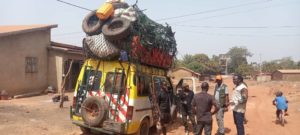

The equipments arrived in Linko, where it was divided into 26 batches (one for each village):
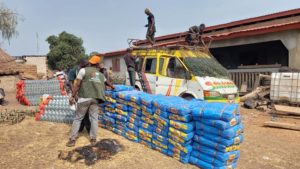

In the end, each Community Management Committee received the collective equipment in its village, and each family received the individual equipment it had ordered. We could verify this in the villages of Linko, Kala, Sékamadou and Koyola during our field visit in March.
All in all, our project is helping to make work in the communities safer and less arduous, and to put smiles on people’s faces:
